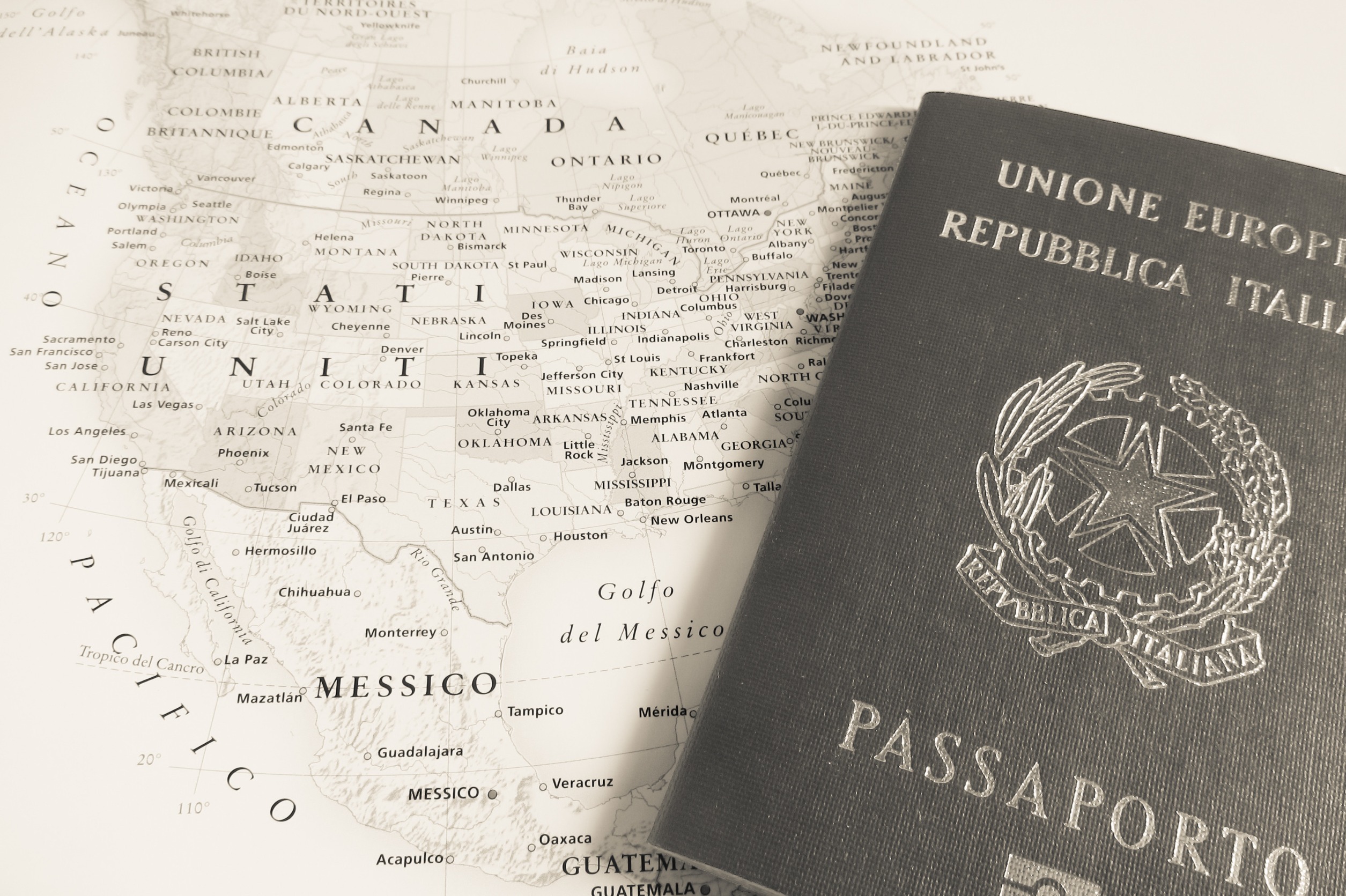
In a move to manage the surge in migration, Mexico has announced the reintroduction of visa requirements for Peruvian citizens. This policy change, reflecting the broader global conversation on migration and border control, marks a significant shift in Mexico's approach to managing its borders and the flow of people.
This comprehensive exploration will explore the reasons behind this decision, its implications, and what it means for future travel and migration trends between Peru and Mexico.
Migration patterns have always been dynamic, responding to economic opportunities, political stability, and social networks. The decision by the Mexican government to reimpose visa requirements for Peruvian travellers is a response to the noticeable increase in Peruvian nationals entering Mexico, some of whom may be aiming to reach the United States.
This policy adjustment is expected to significantly impact the immediate travel plans of many individuals and the broader migration routes in the Americas. By reinstating visa controls, Mexico aims to better manage its borders, ensuring a more regulated and monitored entry of travellers into the country.
This change means an additional layer of preparation for Peruvians looking to visit Mexico. Obtaining a visa can be detailed, requiring proof of financial stability, return tickets, and sometimes an invitation letter or hotel reservations.
This policy shift could alter migration patterns, with individuals seeking alternative routes or destinations. It's a reminder of the fluid nature of migration policies and the need for travellers to stay informed about the latest requirements.
Mexico's decision is not isolated. Around the world, countries are continually adjusting their migration policies in response to shifting dynamics. These changes reflect broader trends towards securing borders and managing migration flows more tightly.
Effective migration management requires international collaboration. Mexico's visa policy change highlights the importance of bilateral agreements and shared strategies to address the complex challenges of global migration.
The reintroduction of visas is likely to influence the volume and the characteristics of migration flows between Peru and Mexico. It may decrease short-term visits while encouraging a more regulated, long-term migration process.
Balancing the need for security with the rights and aspirations of migrants requires nuanced policies. Recommendations include increased dialogue between Peru and Mexico, shared border management strategies, and comprehensive migrant support systems.
The decision to reintroduce visa requirements for Peruvians in Mexico is a pivotal moment in the migration and border management discourse. It reflects the ongoing balancing act between ensuring national security, managing migration flows, and upholding the rights of individuals to move freely. As the situation evolves, monitoring the impacts of this policy change and adapting strategies to ensure a fair and effective migration system will be crucial.
Why has Mexico decided to reintroduce visa requirements for Peruvians?
Mexico aims to manage migration flows better and ensure secure borders by monitoring and regulating the entry of Peruvian travellers.
What does the visa requirement mean for Peruvian travellers?
Peruvians must obtain a visa before travelling to Mexico, requiring additional preparation and documentation.
How might this change affect migration patterns?
The policy could alter routes and destinations for migrants, potentially decreasing short-term visits and impacting long-term migration trends.
What are the broader implications of this policy change?
This move highlights the challenges and complexities of global migration management and the importance of international cooperation in addressing these issues.
Can we expect further changes to migration policies?
Given global migration's dynamic nature, further policy and requirements adjustments will likely be made as countries respond to changing circumstances.
Step1: Fill out the online application form by entering your passport information.
Step2: Make the payment online using a credit card.
Step3: Keep an eye on your email for confirmation of payment and the arrival of your Tourist Card, which will be sent to you digitally.